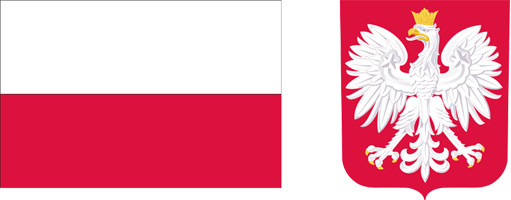Current issue
Archive
About the Journal
Aims and Scope
Advisory Board
Members of the Editorial Board
List of reviewers
Publishing process
Publishing Ethics and Malpractice Statement
Personal data protection (GDPR)
Creative Commons License
CrossRef Member / Similarity Check
For Authors
Call for papers
Guidelines for authors
Submitting a manuscript through the editorial system – step by step
For Reviewers
Peer review process
Guidelines for reviewers
Submitting a review – step by step
Contact
RESEARCH PAPER
DIRECTIONS OF CHANGING THE ORGANIZATIONAL AND LEGAL FORMS OF FARMS IN POLAND IN THE BACKGROUND OF SELECTED COUNTRIES
1
Instytut Ekonomiki Rolnictwa i Gospodarki Żywnosciowej - Państwowy Instytut Badawczy
Submission date: 2019-06-03
Final review date: 2019-06-26
Acceptance date: 2019-08-28
Publication date: 2019-09-25
Zagadnienia Ekonomiki Rolnej / Problems of Agricultural Economics 2019;360(3):13-30
KEYWORDS
ABSTRACT
The article presents changes that occurred in the structure of farms, including
mainly family farms, in Poland and selected European countries, differing in
the level of economic development and the political system, up to 1990. The first
group of countries covered: Denmark, France, the Netherlands and Germany,
while the second one: the Czech Republic, Slovakia, Hungary and Poland. Increasing the scale of production by expanding the area of farms turned out to be
insufficient. In the countries of the first group, in France and Germany, mainly
Eastern (former East Germany), there were tendencies to create group farms
of simplified legal form. In 2016, over 60% of land was used in these forms
in France, and more than 70% of land in East Germany. In the countries of
the second group, including the Czech Republic, Slovakia and Hungary, after
the systemic changes in 1990, the form of family farms did not fully recovered.
Although they held a dominant position in the number of farms, in the use of
land, their share did not exceed 50%. Most of the land remained in use of group
forms: agricultural cooperatives and limited liability companies, which originated
from former production cooperatives and state farms. In Poland, family
farms remained the dominant legal form. The interest of Polish farmers in
group forms of farming is negligible. Also agricultural production cooperatives,
whose share in the use of land is small, do not arouse farmers’ interest.
Share
RELATED ARTICLE
We process personal data collected when visiting the website. The function of obtaining information about users and their behavior is carried out by voluntarily entered information in forms and saving cookies in end devices. Data, including cookies, are used to provide services, improve the user experience and to analyze the traffic in accordance with the Privacy policy. Data are also collected and processed by Google Analytics tool (more).
You can change cookies settings in your browser. Restricted use of cookies in the browser configuration may affect some functionalities of the website.
You can change cookies settings in your browser. Restricted use of cookies in the browser configuration may affect some functionalities of the website.



